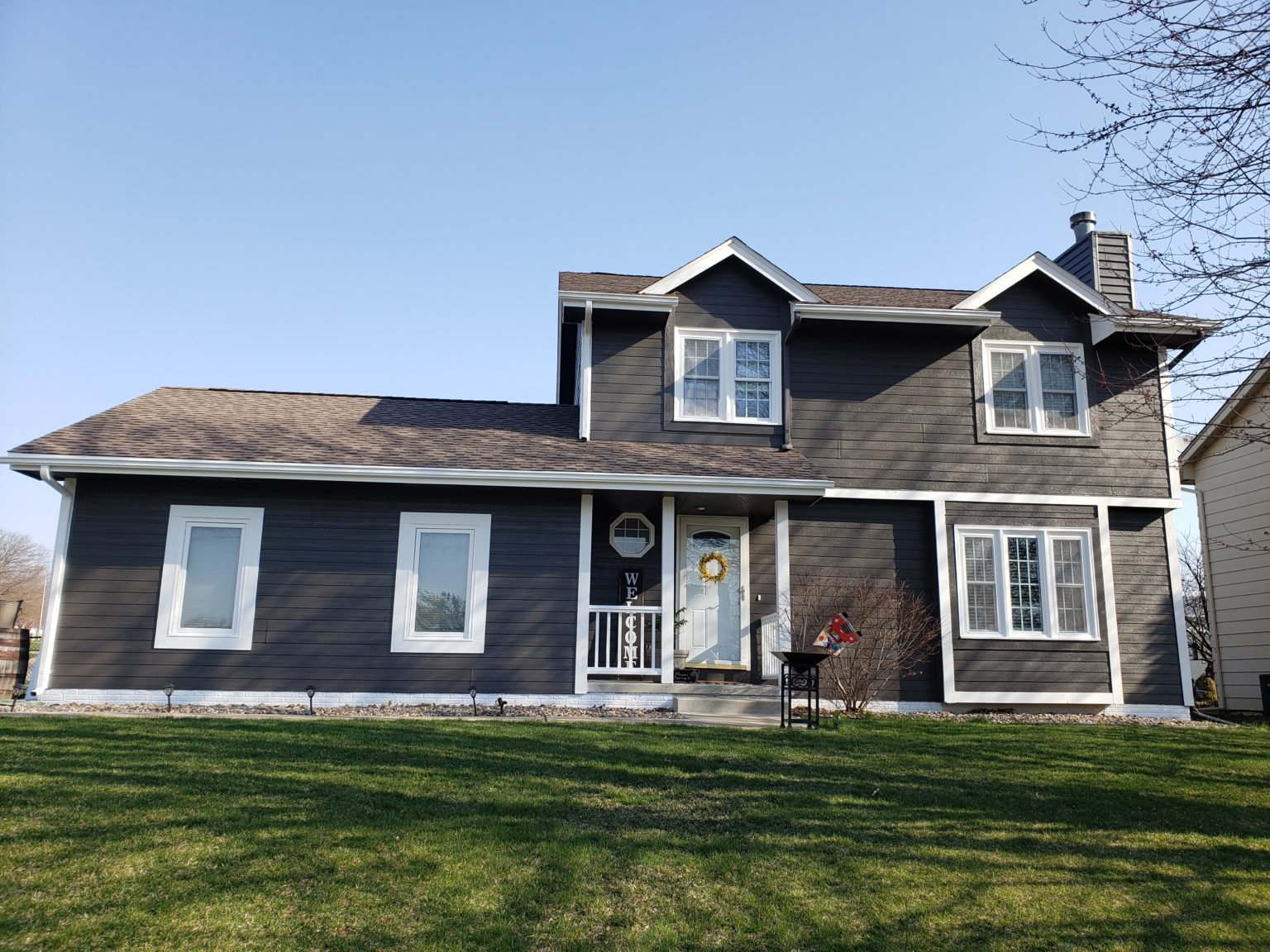The ultimate Best Questions to Pose Your Painting Contractor Contractor Before Hiring

Choosing the appropriate painting contractor is an essential step in renovating your home, whether you're refreshing the inside or enhancing your property's curb appeal. With so many choices available, it’s crucial to ask the right questions before making a decision. This not only makes sure you select a skilled professional but also aids you understand their processes and secure a victorious painting project.
In this article, we will discuss the top questions to ask your future painting contractor. From understanding their experience and techniques to discussing budgeting and timelines, having these talks will equip you as a homeowner and set the foundation for a hassle-free painting experience. By being knowledgeable, you can enjoy the rewards of a high-quality paint job that improves your home's beauty and value.
Key Questions for Hiring a Painter
While choosing a painting contractor, it's crucial to question about their experience and skills. Inquire how long they have been in the business and seek references from previous clients. This will give you a view into their dependability and caliber of work. Additionally, knowing if they focus in interior space or outdoor painting can assist you figure out if they are the best fit for your project.
Be sure to discuss the type of paint they suggest and their method to preparation. A experienced painter should be able to detail the variations between oil and water paints, as plus the different finishes available. Question about green paint options, particularly if ecological effect is a concern for your project. Knowing Exterior painters Peoria recommended techniques for both interior and exterior surface work will give you confidence in their abilities.
Finally, confirm the timeframe and cost for your painting project. Ask for a itemized estimate that details the expenses of supplies and labor. It’s also important to check their availability and how they organize their time. Talking about payment terms and any guarantee on their work can further ensure you are making an wise decision when choosing a painting contractor.
Comprehending Color and Techniques
Selecting the correct type of paint can substantially influence the result of your project. There are commonly a couple of categories of paint: oil-based and water-based. Solvent-based paints are recognized for their long-lasting quality and are frequently used for areas that necessitate a harder finish, such as trim and cabinets. However, they spend longer to cure and can have strong odors. Water-based paints, on the contrarily, set quickly, have lower VOC emissions, and are easier to clean up, making them ideal for most interior surfaces.
Furthermore, knowing the different kinds of paint finishes is essential when picking paint for your home. The finish influences not only the appearance but also the usability of the paint in different rooms. Matte finishes are perfect for infrequently-used areas, while eggshell finishes are more fitting for living rooms and hallways due to their minor sheen, which renders them easier to clean. Gloss and half-gloss finishes are ideal for frequently-used areas and surfaces that need to withstand wear and tear, such as cooking areas and bathrooms.
In conclusion, the technique used for applying paint can substantially change the final appearance. Spraying provides a even coat but needs practice and safety measures due to overspray. Roller application is a conventional method that is useful for big surfaces, while Brush application allows for detail in limited areas and fine work. Each approach has its own unique collection of advantages and drawbacks, and comprehending these will help you or your professional to achieve the highest finish possible for your paint job.
Readiness and Upkeep Advice
Prior to starting any painting project, efficient planning is essential for achieving a flawless and lasting finish. Start by clearing the area of items and covering floors with tarps to shield them from spills and splashes. Inspect surfaces for blemishes, and fix any fissures or voids with spackle or appropriate compound. Cleaning the surface is also essential; dust and grime can impede paint adhesion, so clean the walls with mild detergent and let them dry fully before applying paint.
Once your surfaces are prepared, consider the significance of selecting the right paint and tools. For busy areas, opt for long-lasting paint that can withstand wear and damage, while also factoring in the finish that will best suit the room's purpose. If you opt for a matte, satin, or glossy finish will significantly affect not just the appearance but also the longevity of the paint job. Additionally, investing in high-quality brushes and rollers can create a significant impact in the application procedure, ensuring an even coat and reducing visible roller marks.

After the paint has dried, adequate maintenance will ensure your home looking new for longer. Consistently check for signs of damage and deterioration, especially in busy areas, and clean surfaces gently as needed to remove marks. When planning to repaint, consider how often your home experiences severe weather conditions, as this can affect the outdoor paint’s durability. Creating a maintenance routine allows you to address minor problems before they require major repairs, ensuring your painted surfaces stay bright and beautiful.
